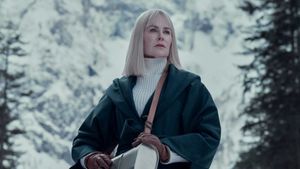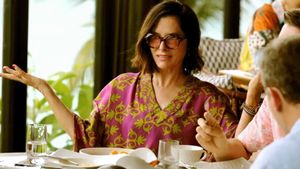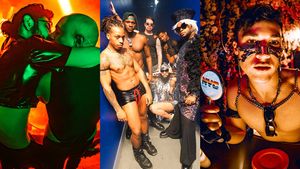The Belle Epoque (Beautiful Age) in France lasted from approximately 1871 to the beginning of World War I in 1914. Artists Gustave-Claude-Etienne Courtois and Pascal Dagnan-Bouveret created a vast output of work, both painting and photography smack-dab in the middle of one of the most creative periods of French history. They kept a fashionable studio together in Neuilly-sur-Seine from the 1880s.
They met as proteges of Jean-Leon Gerome at the Ecole des Beaux-Arts, and both artists were among the first to use photography as a supportive medium to inform their paintings.
Pascal-Adolphe-Jean Dagnan-Bouveret (January 7, 1852-July 3, 1929), was one of the leading French artists of the naturalist school. He was born in Paris, the son of a tailor, and was raised by his grandfather after his father emigrated to Brazil. He eventuallyadded his grandfather's name, Bouveret, to his own.
Courtois was born to an unwed mother who was devoted to him. Early in life, Courtois showed an interest in art and entered the Ecole Municipale de Dessin in Vesoul. His drawings were shown to Jean-Leon Gerome, and in 1869, Gerome encouraged Courtais to enter the Ecole des Beaux-Arts in Paris.
Courtois used some of the most beautiful male models of his day. Both handsome and muscle-bound, Maurice Deriaz and his older brother, Emile, were the most famous of seven athletic brothers. They were born in Baulmes, Switzerland -- Maurice in 1885 -- but lived in France from an early age. Maurice was 5 foot 6 and weighed about 200 pounds. His neck was 19 inches around, his chest 48, and his waist 35. His thighs measured 26 inches, calves 16 and a half, forearms 14, and biceps 17. Courtois used Maurice Deriaz for many of his paintings, and Deriaz is most likely the model in the photograph of Courtois working in his studio.
Another of Courtois's favored models was fellow artist Carl Ernst von Stetten. Von Stetten (1857-1942) was Bavarian. He went to Paris in the 1870s for training and there met Courtois and Dagnan-Bouveret at the studio of Gerome; for Courtois and von Stetten, it was the beginning of a lifelong relationship. The young Stetten posed for several portraits and was a model for works by his friend (and possible lover).
Sources: Wikipedia, GodsAndFoolishGrandeur.blogspot.com
 Adam and Eve, Gustave Courtois
Adam and Eve, Gustave Courtois
See the following pages for more artwork and photographs. >>>
 A study for St. Sebastian by Gustave Courtois
A study for St. Sebastian by Gustave Courtois
 Narcissus, Gustave Courtois
Narcissus, Gustave Courtois
 Portrait of Gustave Courtois, 1884, by Pascal Dagnan-Bouveret
Portrait of Gustave Courtois, 1884, by Pascal Dagnan-Bouveret
 Portrait of the athlete Maurice Deriaz, 1907, by Gustave Courtois
Portrait of the athlete Maurice Deriaz, 1907, by Gustave Courtois
 A figure study by Pascal Dagnan-Bouveret
A figure study by Pascal Dagnan-Bouveret
 Gustave Coutois in the studio with Maurice Deriaz, photograph probably taken by Dagnan-Bouveret
Gustave Coutois in the studio with Maurice Deriaz, photograph probably taken by Dagnan-Bouveret
 Hercules at the Feet of Omphale, 1912, model Maurice Deriaz, by Gustave Courtois
Hercules at the Feet of Omphale, 1912, model Maurice Deriaz, by Gustave Courtois
 Most likely Courtois working in the photography studio, painted by Pascal Dagnan-Bouveret
Most likely Courtois working in the photography studio, painted by Pascal Dagnan-Bouveret
 Persee Delivrant Andromede, 1913, by Gustave Courtois with model Maurice Deriaz
Persee Delivrant Andromede, 1913, by Gustave Courtois with model Maurice Deriaz
 Courtois in the studio, painted by Pascal Dagnan-Bouveret
Courtois in the studio, painted by Pascal Dagnan-Bouveret
 The Death of Orpheus, Pascal Dagnan-Bouveret, 1866.
The Death of Orpheus, Pascal Dagnan-Bouveret, 1866.
 Pascal Dagnan-Bouveret
Pascal Dagnan-Bouveret
 Gustave Courtois's favored model and fellow artist, Carl Ernst von Stetten, painted by Courtois
Gustave Courtois's favored model and fellow artist, Carl Ernst von Stetten, painted by Courtois
 The Martyrdom of St. Maurice by Gustave Courtois, and modeled by Carl Ernst von Stetten
The Martyrdom of St. Maurice by Gustave Courtois, and modeled by Carl Ernst von Stetten
 The Martyrdom of St. Maurice, detail
The Martyrdom of St. Maurice, detail
 St. Sebastian by Gustave Courtois, modeled by Carl Ernst von Stetten
St. Sebastian by Gustave Courtois, modeled by Carl Ernst von Stetten






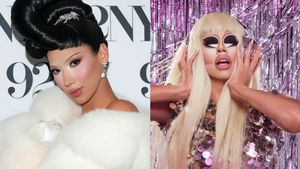

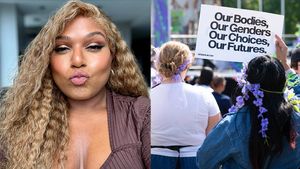


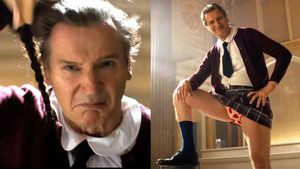







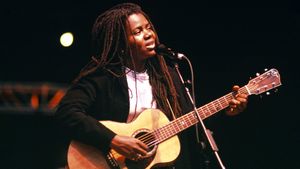












 Adam and Eve, Gustave Courtois
Adam and Eve, Gustave Courtois A study for St. Sebastian by Gustave Courtois
A study for St. Sebastian by Gustave Courtois Narcissus, Gustave Courtois
Narcissus, Gustave Courtois Portrait of Gustave Courtois, 1884, by Pascal Dagnan-Bouveret
Portrait of Gustave Courtois, 1884, by Pascal Dagnan-Bouveret Portrait of the athlete Maurice Deriaz, 1907, by Gustave Courtois
Portrait of the athlete Maurice Deriaz, 1907, by Gustave Courtois A figure study by Pascal Dagnan-Bouveret
A figure study by Pascal Dagnan-Bouveret Gustave Coutois in the studio with Maurice Deriaz, photograph probably taken by Dagnan-Bouveret
Gustave Coutois in the studio with Maurice Deriaz, photograph probably taken by Dagnan-Bouveret Hercules at the Feet of Omphale, 1912, model Maurice Deriaz, by Gustave Courtois
Hercules at the Feet of Omphale, 1912, model Maurice Deriaz, by Gustave Courtois Most likely Courtois working in the photography studio, painted by Pascal Dagnan-Bouveret
Most likely Courtois working in the photography studio, painted by Pascal Dagnan-Bouveret Persee Delivrant Andromede, 1913, by Gustave Courtois with model Maurice Deriaz
Persee Delivrant Andromede, 1913, by Gustave Courtois with model Maurice Deriaz Courtois in the studio, painted by Pascal Dagnan-Bouveret
Courtois in the studio, painted by Pascal Dagnan-Bouveret The Death of Orpheus, Pascal Dagnan-Bouveret, 1866.
The Death of Orpheus, Pascal Dagnan-Bouveret, 1866. Pascal Dagnan-Bouveret
Pascal Dagnan-Bouveret Gustave Courtois's favored model and fellow artist, Carl Ernst von Stetten, painted by Courtois
Gustave Courtois's favored model and fellow artist, Carl Ernst von Stetten, painted by Courtois The Martyrdom of St. Maurice by Gustave Courtois, and modeled by Carl Ernst von Stetten
The Martyrdom of St. Maurice by Gustave Courtois, and modeled by Carl Ernst von Stetten The Martyrdom of St. Maurice, detail
The Martyrdom of St. Maurice, detail St. Sebastian by Gustave Courtois, modeled by Carl Ernst von Stetten
St. Sebastian by Gustave Courtois, modeled by Carl Ernst von Stetten




